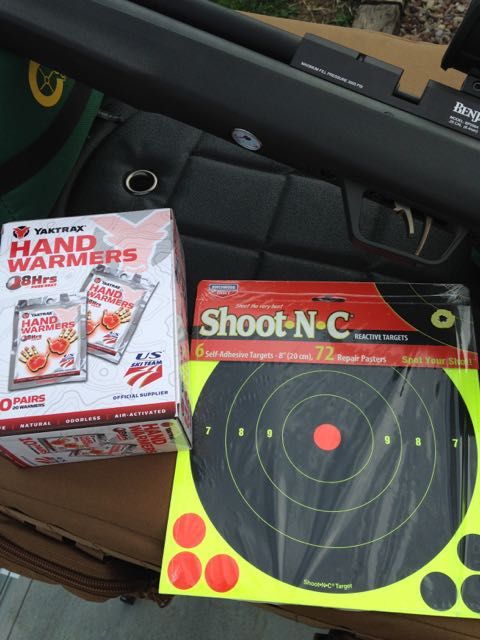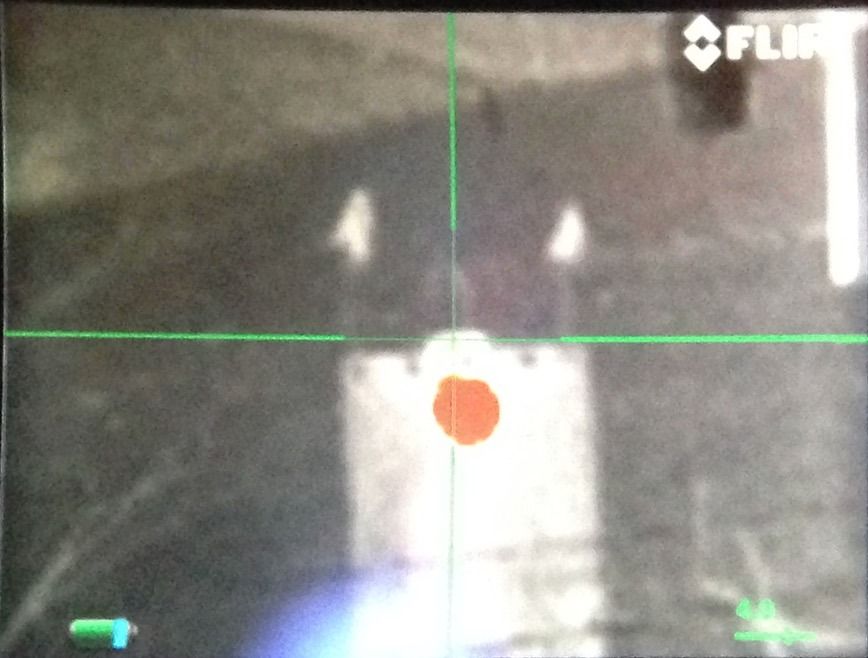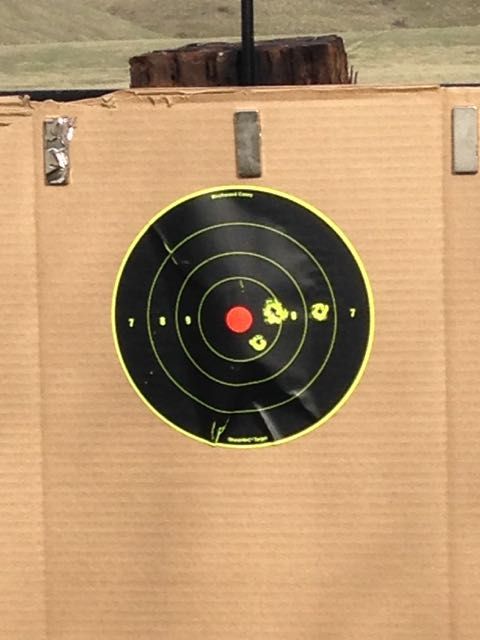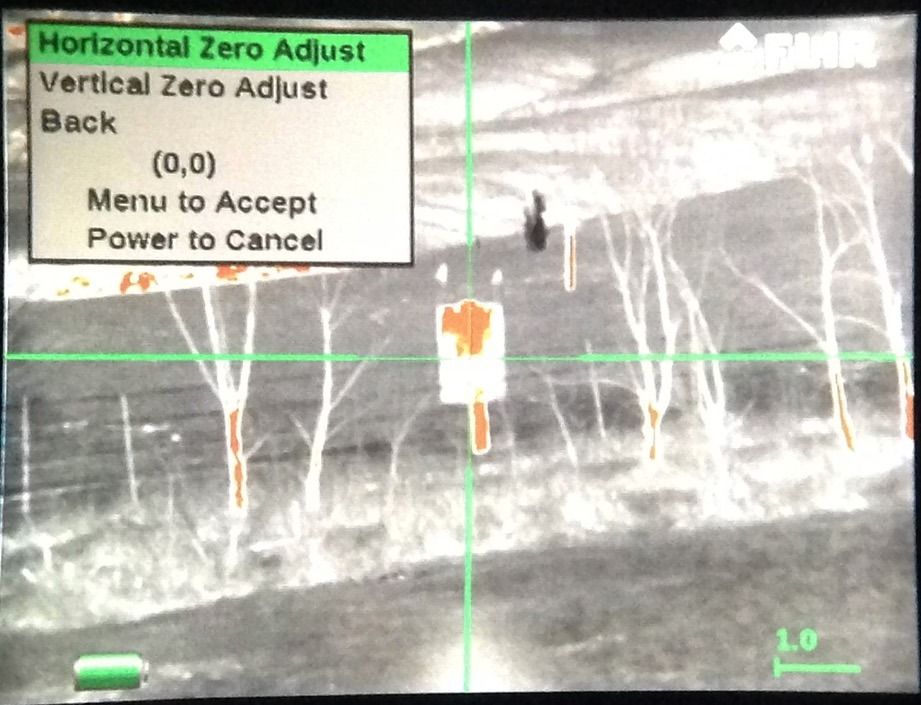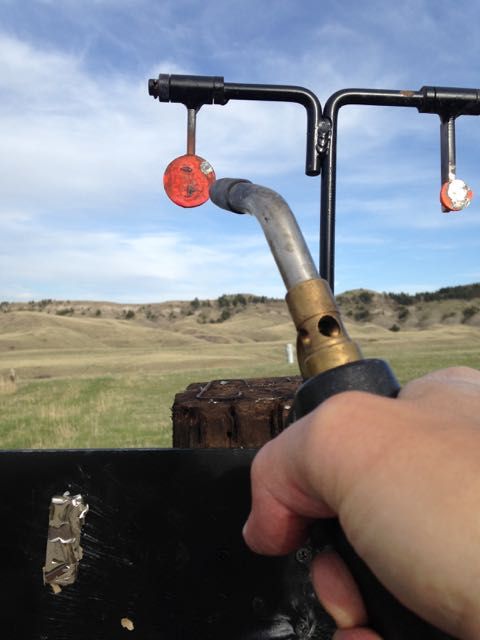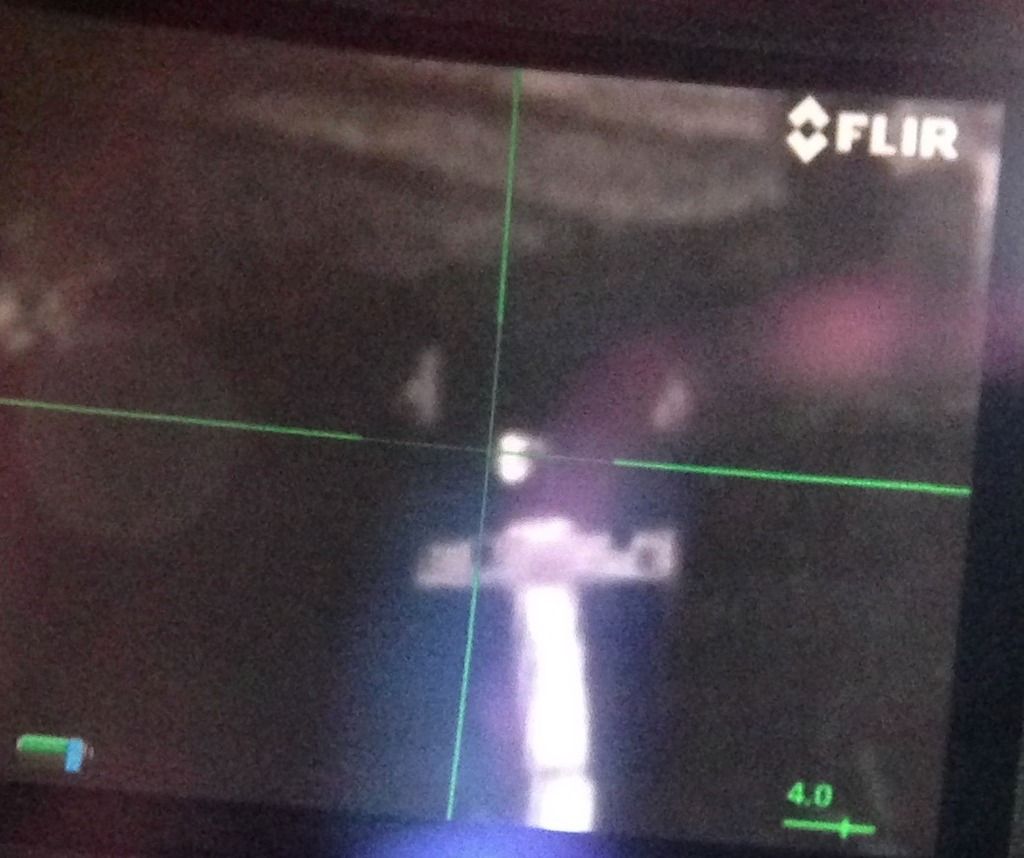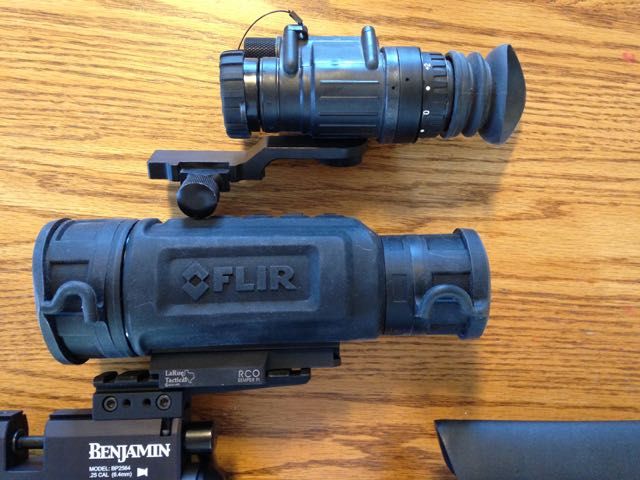I use a 19mm FLIR sight mounted on a .25 Marauder for the control of all sorts of nighttime pests. The FLIR is a good choice with the Marauder because of the hard hitting .25 and low cost. The scope is expensive so the Marauder helps to make this setup work without the loss in accuracy. I live in the country so I could use a silenced .22 Rimfire, but the resolution of the scope works well with the .25 and it is real quiet. The added plus is that the .25 will not travel as far as the .22 rimfire if I do miss.
The sight weighs 1.75 lbs so it is heavy, but the size is not overly large, and the scope works well and is easy to use. The mount is a high quality P-Rail that is a solid piece of hardware.
If people are interested in this gear, I can do an overview on how to sight in the scope and some of the features including some night shots. if I can figure out how to do screen shots and post them to the forum. Im not a great wordsmith, but it would be fun to do it.
The sight weighs 1.75 lbs so it is heavy, but the size is not overly large, and the scope works well and is easy to use. The mount is a high quality P-Rail that is a solid piece of hardware.
If people are interested in this gear, I can do an overview on how to sight in the scope and some of the features including some night shots. if I can figure out how to do screen shots and post them to the forum. Im not a great wordsmith, but it would be fun to do it.
